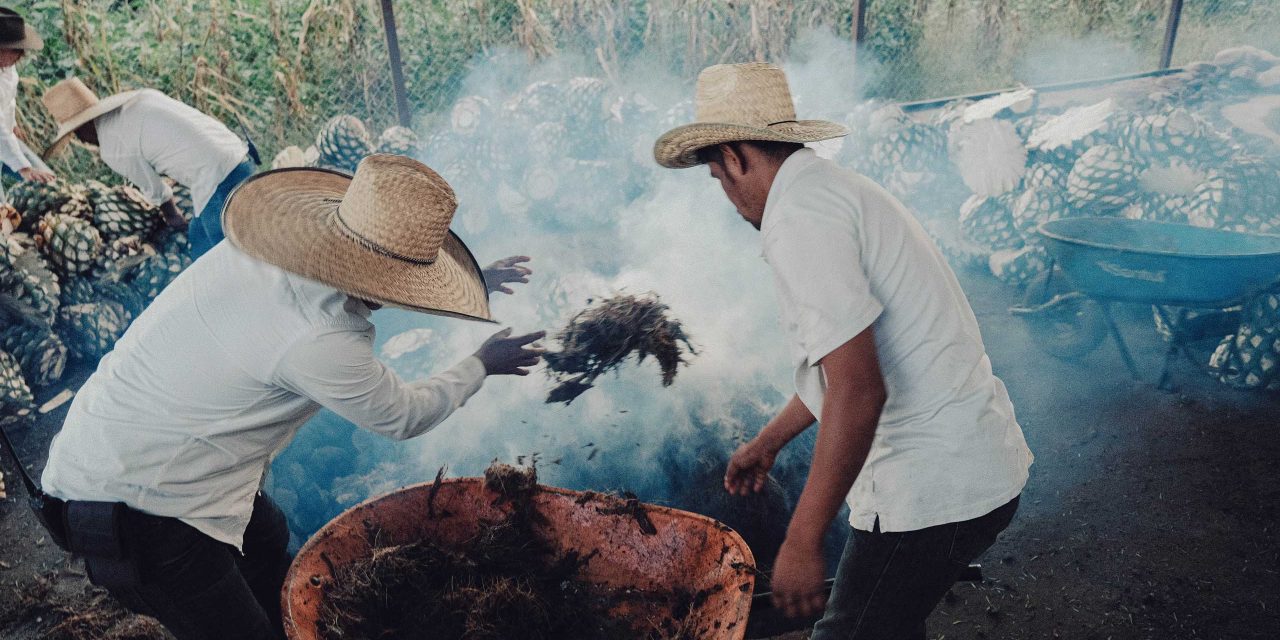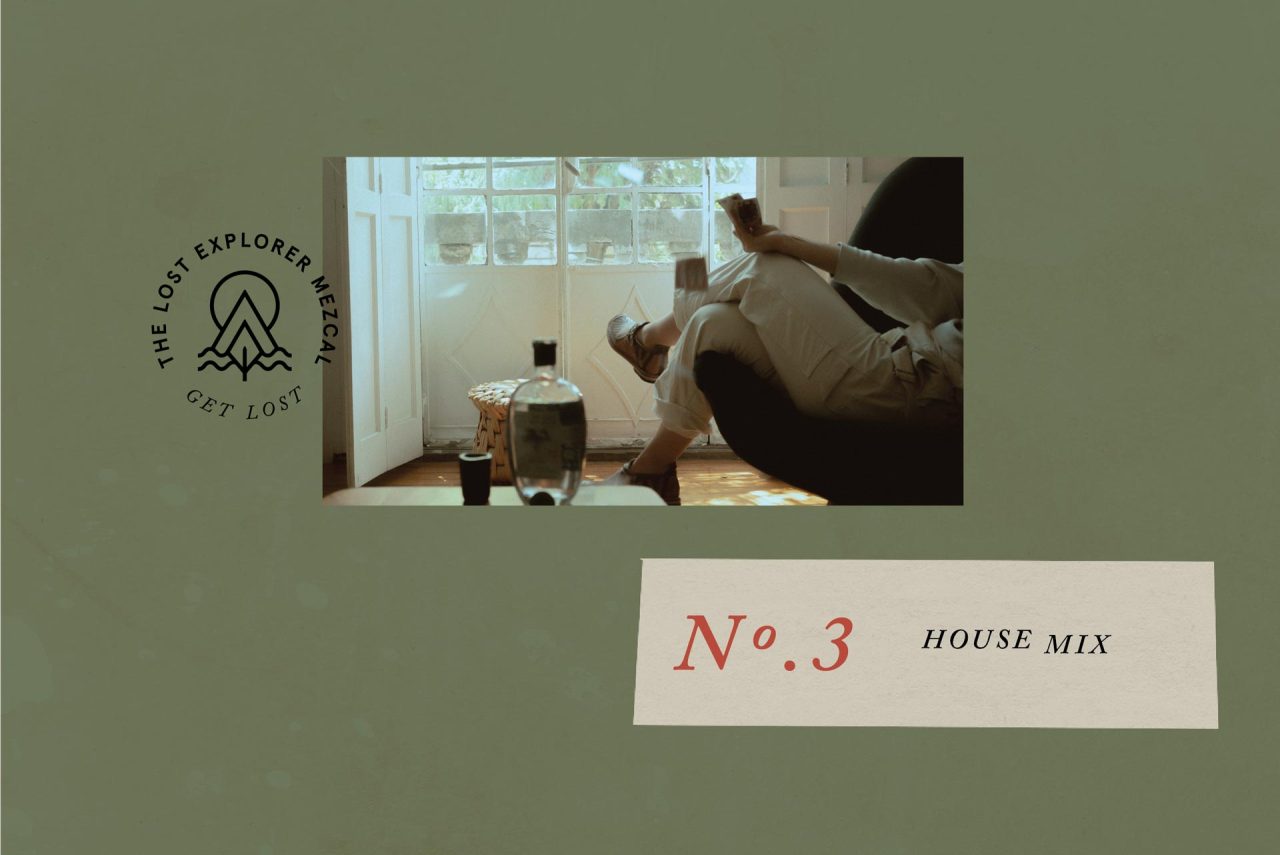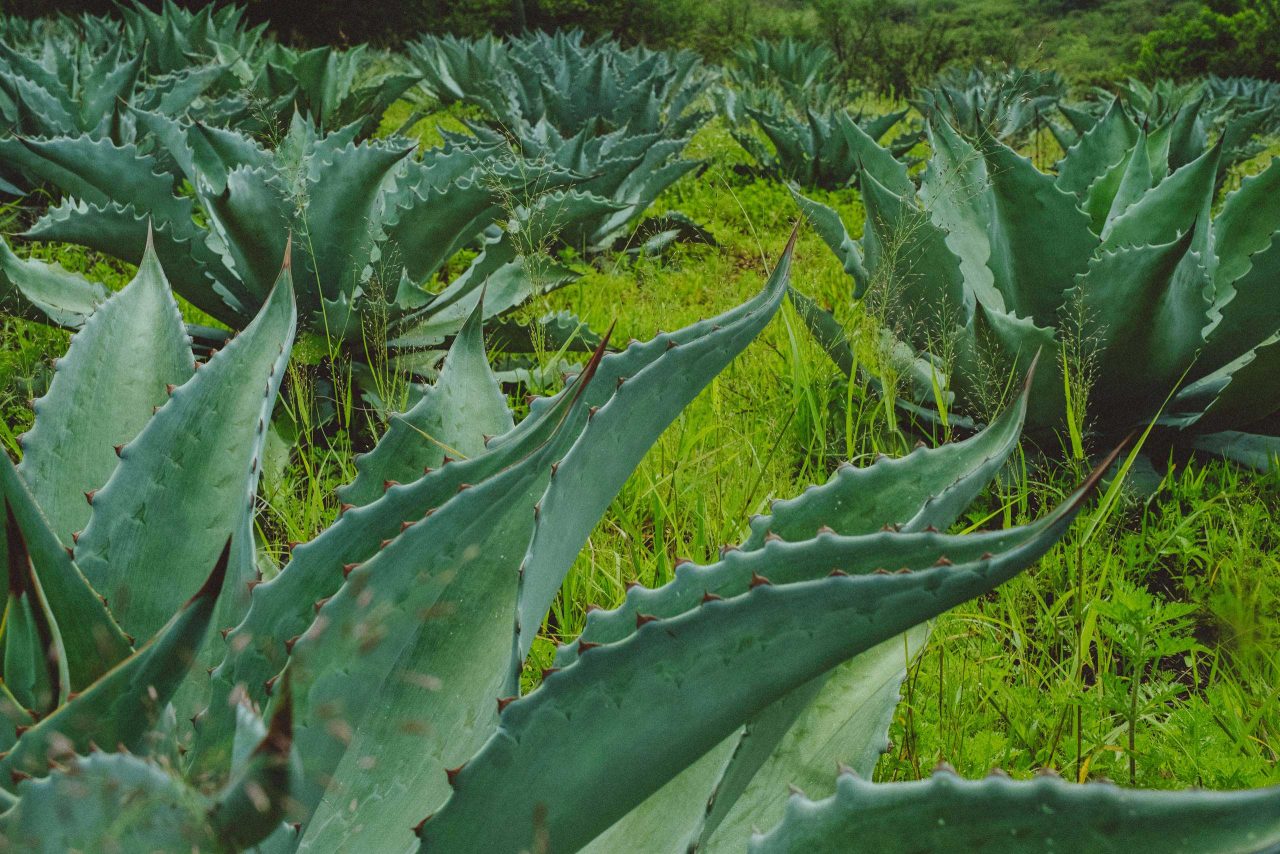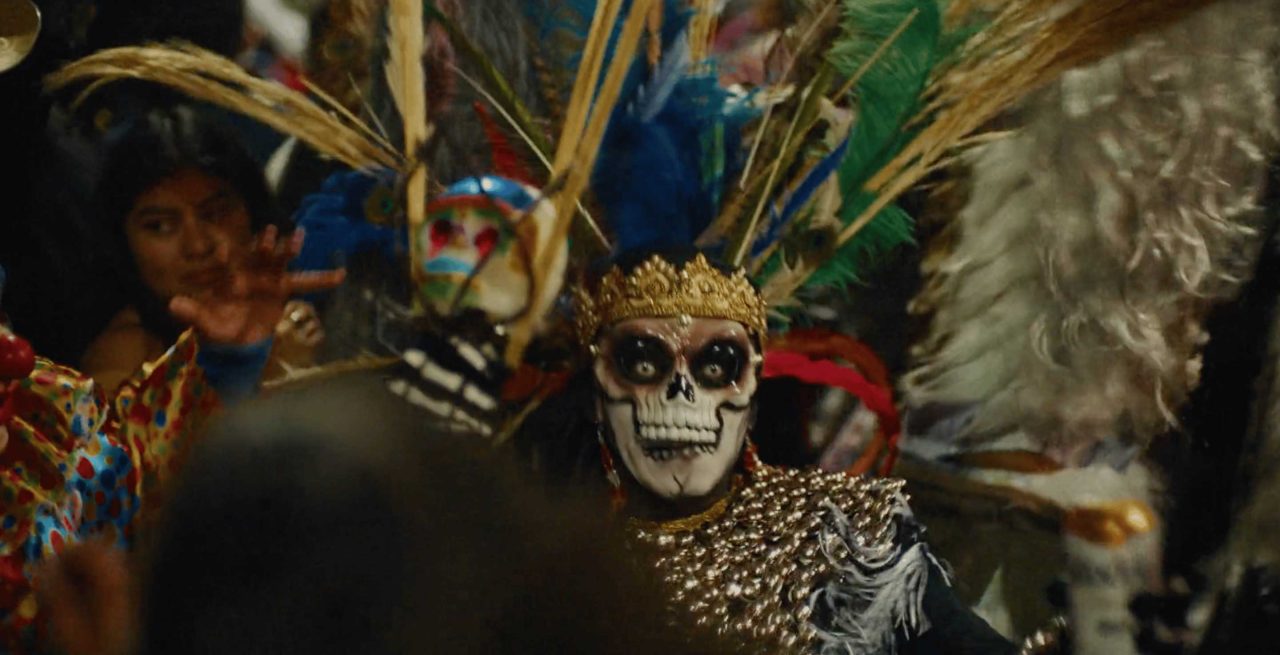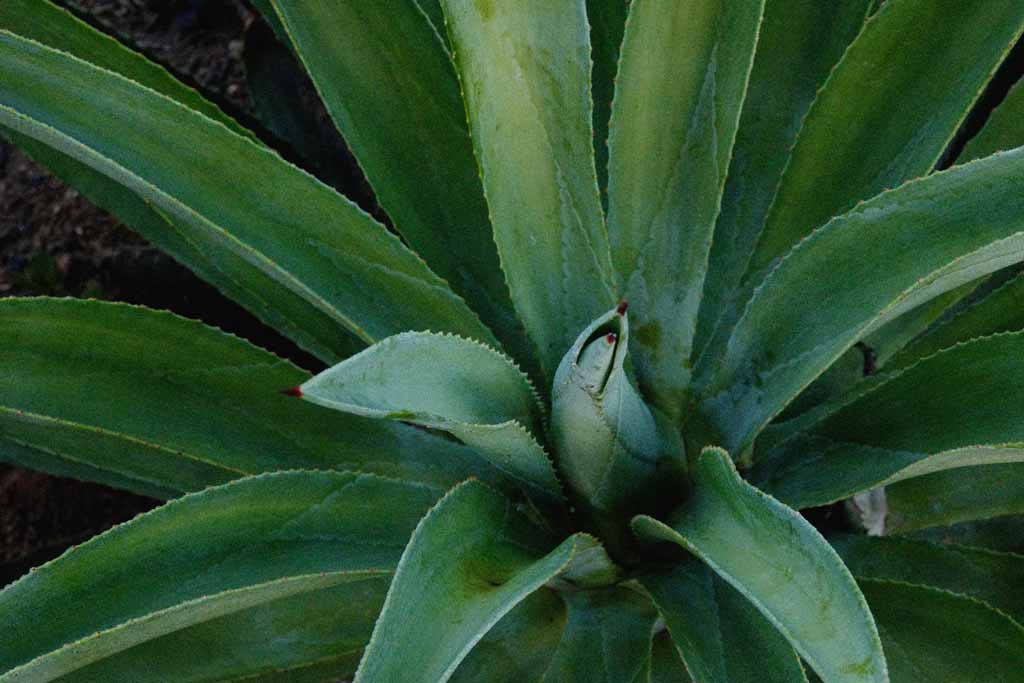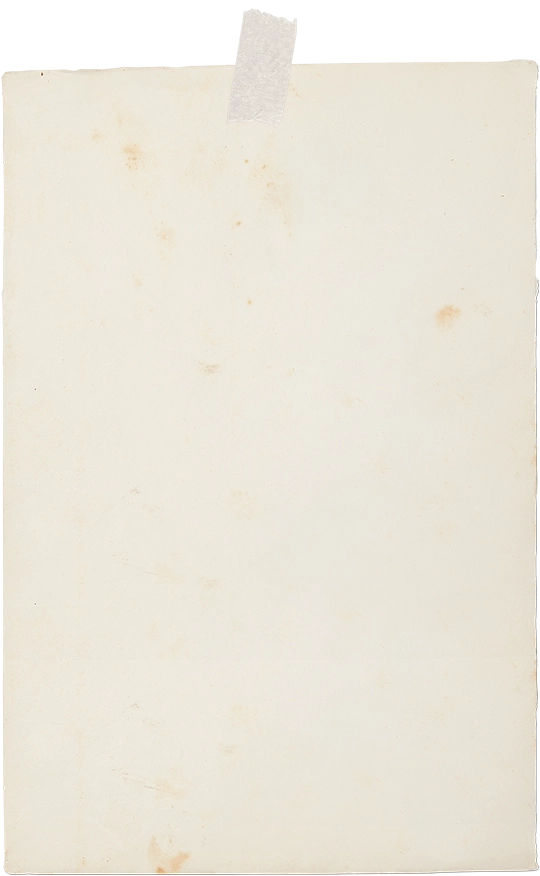An Ancient Creation
Agave spirits go way back. Archaeological records show that agave was first cultivated, roasted, and consumed 8,000 years ago; The ancient drink of pulque, a mildly fermented beverage derived from maguey sap, was considered a drink of the Gods and enjoyed by the Aztecs, Maya, and Huastecs. In the mid-1500s, a Spanish explorer established the first formal distillery in Jalisco and started selling aguardiente.Later, the name of the village hosting the distillery was changed to Tequila and became a center for exporting the Mexican spirit of “mezcal wine.”
The drink was so popular that the taxes collected from it were ample enough for the government to subsidize building much of what is known today as Guadalajara. The beverage became known as “mezcal de tequila,” then in 1893, tequila makers and the Mexican government decided to lose the “mezcal” bit. In simplest terms, a mezcal is technically any spirit distilled from an agave plant. So, tequila is a type of mezcal, though with a few distinctions in its source and production process that classify it as its own category (more on that here ????).
The Source
Agave Species
Of the 270 species of agave, around 30 can be distilled to make mezcal. In 1994, mezcal received its own denomination of origin, allowing it to be made in only ten Mexican states, although the vast majority of mezcals are made in the mystical valleys of Oaxaca.
This wide span of agaves eligible for mezcal-making is what excites us most. There is an element of chase in pursuit of the varietal a mezcalero will select for his prized mezcal. More regions and more options of agave means more experimentation, greater nuances, and a big opportunity for biodiversity.
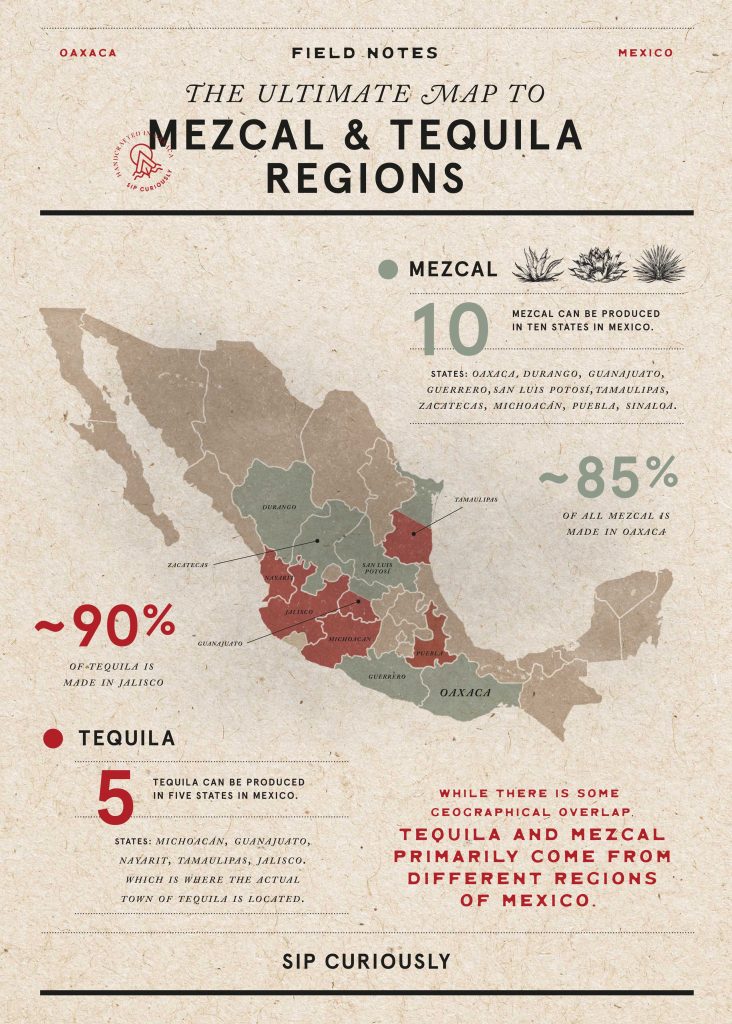
Types of Mezcal
While Espadín is the most commonly sourced varietal for mezcal and thus is now less commonly wild-harvested, many of the other wild, rarer varietals—such as Tobalá and Salmiana—involve the time- and labor-intensive process of foraging from their hardscrabble habitats.
The nuances in taste come from of course the different agave species themselves, but also the great sensitivities to the environment each plant has. The notion of “terroir” in wine also applies to mezcal, where the various agaves act as palettes for the earth they’re grown in. The many years the agaves take to mature means they experience many climate cycles and have a significant amount of time to soak up the characteristics of the region—the sun, aridity, altitude, soil composition, the neighboring plants sharing the soil.
Mezcal makers and aficionados have an innate respect for the patience demanded by the process of mezcal-making, but you don’t have to be an expert to enjoy a slow sip and appreciate the complexities time has created here.
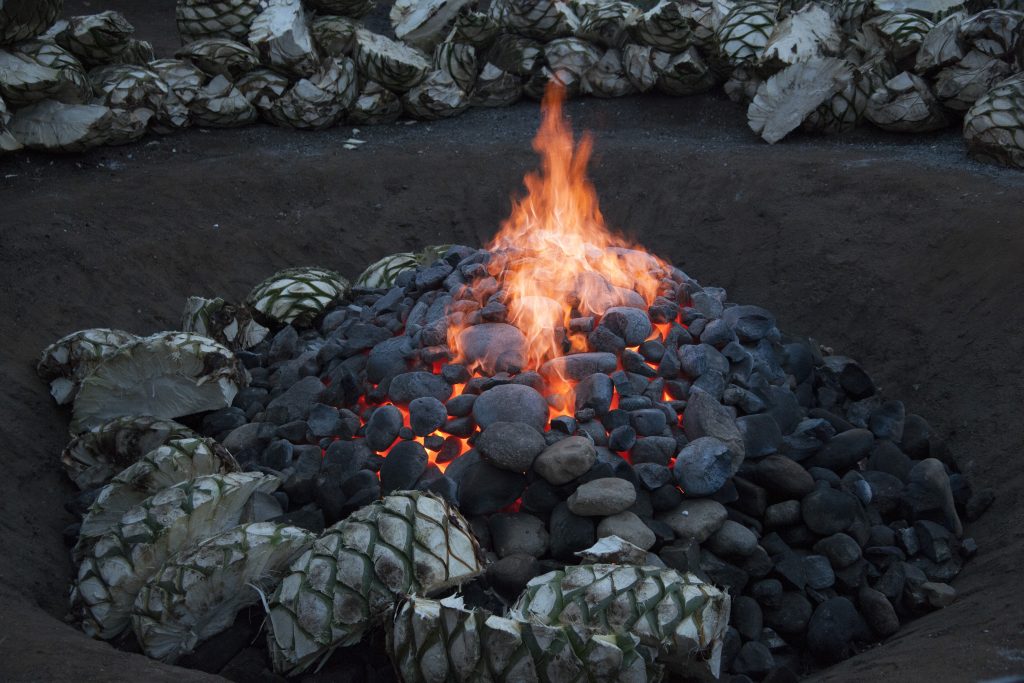
The Process: mezcal vs. Tequila Production
The slow process that involves cooking piñas in a two-meter deep earthen pit, lined with rock and wood is distinct to mezcal. It’s this days-long roasting that imbues the sweet, succulent fibers of the piñas with the smoky signature mezcal is known for. The Lost Explorer Mezcal is roasted in underground pits with river stones and volcanic rock, covered with reclaimed local wood and a tarp to keep in the heat. On the other hand, Tequila is typically steamed using industrial methods of a brick oven, autoclave, or diffuser. The brick oven is the traditional method of cooking the Blue Weber agave, usually taking around three days. An autoclave is a large metal chamber that allows for quicker cooking of the agaves and in larger batches. A diffuser, used in the most industrialized process of tequila production, is a machine the size of a small room that uses pressurized water and, in some cases, chemicals to extract the sugars from the agave fibers.
And while both mezcal and tequila are aged after distillation, mezcal is typically aged less than tequila. In tequila, aging is a main factor that producers can really play with for flavor. With mezcal, we also have the many agave species open for exploration. See below for an overview of how the production processes differ.

Flavor Profiles
This is perhaps the most obvious difference. Mezcal is marked by its inherent smoky flavor derived from its cooking method. However, not all mezcal has to taste incredibly smoky. It’s an expertise for a mezcalero to craft his process just right so that the smokiness does not overpower the nuanced and complex flavors carried naturally from the agave varietal. You’ll notice with our Espadín, for example, the smoke takes a bit of a back seat in order to allow the herbaceous scores of nature to shine through. The balance is a dance—and a tasty one at that.
Beyond the smoke, the greatest contributor to the taste of a mezcal is the plant species it comes from. Each 30+ types of agave that can make mezcal each carry their own unique flavors, entrusted to the hands of the maestro mezcalero to discover how best to express them. One of the stages in production that specifically calls upon a mezcalero’s signature is the fermentation. Here, the mezcalero expertly determines the environment most optimal for the naturally occurring yeasts.
For The Lost Explorer Mezcal, Maestro Don Fortino Ramos plays close attention to the fermentation environment to ensure the light is just right (warm, soft, diffuse), the energy is good, vibes are flowing, and the music classical. Don Fortino also has determined the optimal bottling strength for The Lost Explorer Mezcal to sit right at 42% ABV. According to NOM legislation, mezcal must be between 36% and 55% alcohol by volume (ABV). A key skill of the Maestro Mezcalero is knowing when and where to make the cut. For The Lost Explorer, this specific bottling strength is very much a signature style that offers the perfect balance of raw ingredients and alcohol. It produces a smooth, well-balanced and elegant flavor, that allows the full complexity of the agave to shine through.

The Difference
The difference between mezcal and tequila? Clearly a lot of things. But really, we think the biggest marker comes down to patience, time and curiosity. We are inspired by the patience required in the process of mezcal-making and the play and curiosity that come with exploring the many species of agave you can experiment with. And while, generally, the time, labor, and expertise required to make mezcal results in it costing more than many tequilas, we happily embrace that there are no shortcuts.
If you really take a moment to slow things down while you’re sipping your next mezcalito, perhaps you will taste the 8-12 years (in some cases more!) the agave have spent growing to reach maturity; the excursions to hunt and harvest the wild varietals; the 72-plus hours the piñas spent roasting in the earth; or days the smoky cooked piñas spent fermenting. In each stage, we celebrate the earth. Perhaps, like us, you will grow curious to explore the wonder and diversity of the revered agave species, and the nuanced flavors brought to life through each mezcal. And perhaps you, too, can tell the difference.
Explore The Lost Explorer’s Espadín or two wild expressions Tobalá and Salmiana here → Shop Now.
